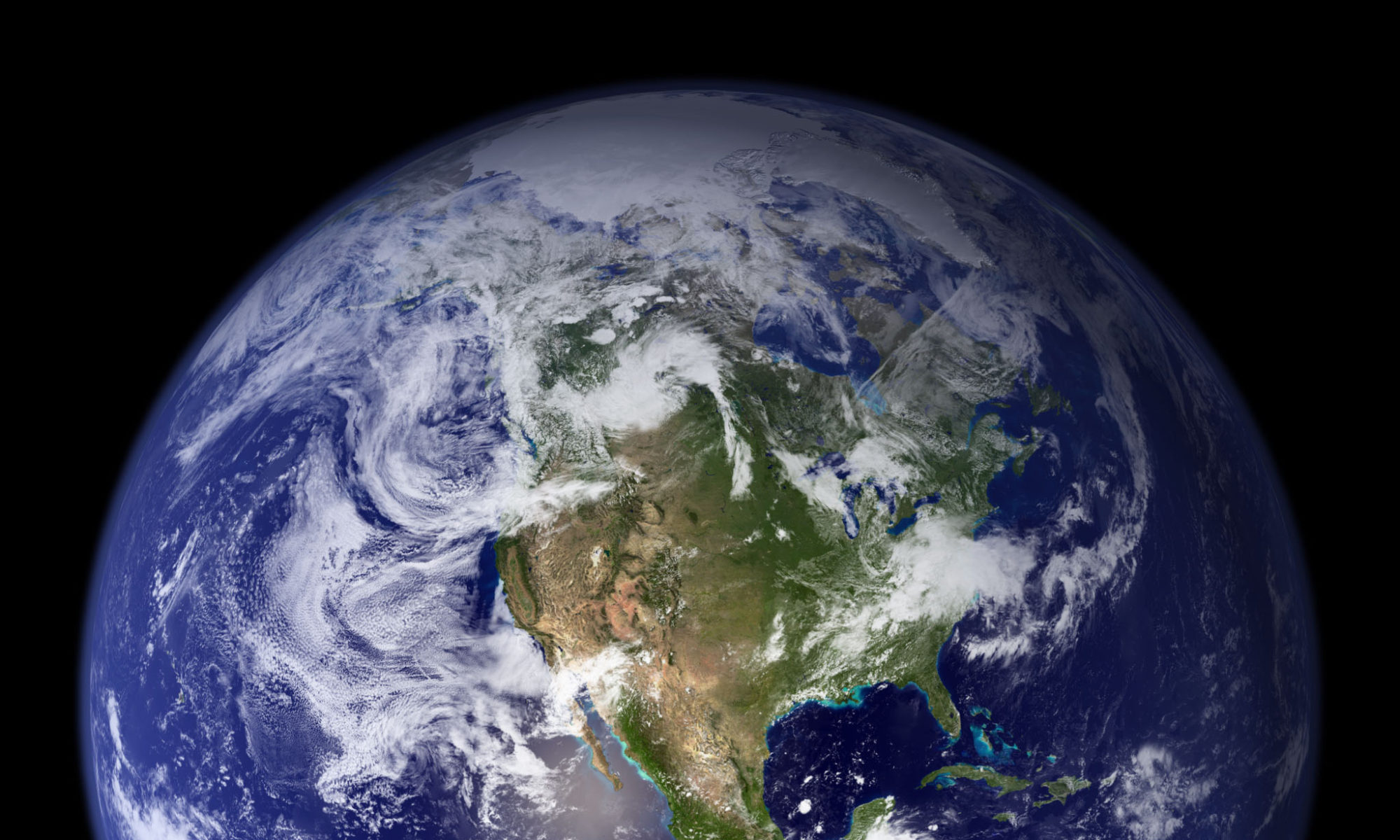The story of Native Americans is one of dispossession and disenfranchisement. Native Americans lived within the boundaries of the United States over 11,000 years before Europeans settled on the continent. Although contact was initially cooperative, successive waves of newcomers resulted in Native Americans losing their ancestral lands through warfare, disease, and political pressure. With the independence of the British colonies and the formation of the United States, many of the remaining Native American tribes were recognized by the Federal government as sovereign nations. However, sovereignty did not result in mutual respect, and through the 1800s, the United States federal government engaged in massacres in the spirit of pacification. Native Americans were later concentrated on reservations – some were ancestral and others wasteland – where they live by their own laws and provide their own civil services. Today all Native Americans – although they are still members of sovereign nations – are citizens of the United States (yet lack basic protections afforded other citizens provided in the Bill of Rights).
In the case of Native Hawaiians and the Chamorro of Guam, these peoples are not recognized by the United States Federal Government. They are not seen along the same lines as Native American tribes – despite being native to their land. Hawai’i had entry as to the United State as a territory created by the annexation of the Republic of Hawaii, which was formed by White planters who orchestrated the overthrow of the Kingdom of Hawaii. Guam was taken as a spoil of the war with Spain. The argument by the Federal government was that since the Republic of Hawaii entered into the union willfully, all the citizens – regardless of race – of the Republic of Hawaii became naturalized United States citizens – thus any claim of sovereignty is null. The Chamorro are simply ignored.
I explained to my son that although we live in a state and in a larger country, there are still Native Americans among us who live in their own nations. I had the difficult conversation about how the United States treated these other peoples and mentioned the Trail of Tears as a terrible and an unpardonable injustice even by the morals of that time (Andrew Jackson is the worst president my son proclaimed).
I sent letters to representatives of several regional tribes who comprise of the National Congress of American Indians; this group has historically been a guiding light for the protection of Native American rights. I decided upon this course since although I wish to hear as many voices of global leaders as possible – these individuals being leaders of their respective tribes made the most sense to me. Since the Hawaiians and Chamorro are politically dispossessed, I sent letters to leading voices for social activism of their peoples as well.
| Tribe/People US State/Territory | Tribal Leader/Leading Voice |
| Chickasaw Nation Oklahoma | Bill Anoatubby |
| Sault Ste. Marie Tribe of Chippewa Indians Michigan | Aaron Payment |
| Pauma Band of Luiseño Indians California | Temet Aguilar |
| Jamestown S’Klallam Tribe Washington | W. Ron Allen |
| Central Council of Tlingit & Haida Indian Tribes Alaska | Richard Peterson |
| Stockbridge Munsee Band of Mohican Indians Wisconson | Shannon Holsey |
| Bishop Paiute Tribe California | Allen Summers |
| Citizen Potawatomi Nation Oklahoma | John Barrett |
| Cherokee Nation Oklahoma | Bill John Baker |
| Shinnecock Indian Nation New York | Bryan Polite; Donald Williams, Jr., Lancelot A. Gumbs |
| Ohkay Owingeh Pueblo New Mexico | Larry Wright |
| Ponca Tribe of Nebraska Nebraska | Rebecca White |
| Suquamish Tribe Washington | Leonard Forsman |
| Ma-Chis Lower Creek Indians (not Federally recognized) Alabama | James Wright |
| Tohono O’odham Nation Arizona | Edward Manuel |
| Hawaiians Hawai’i | Dr. Kamanaʻopono Crabbe |
| Chamorro Guam | Dr. Michael Lujan Bevacqua |
